Comprehensive Detection Guide for Chlorinated Polyvinyl Chloride (CPVC)
Overview of Chlorinated Polyvinyl Chloride (CPVC)
Chlorinated polyvinyl chloride (**CPVC**) is a thermoplastic produced by the chlorination of polyvinyl chloride (PVC). This material is widely used in various industries due to its excellent chemical resistance, high heat tolerance, and durability. However, ensuring its quality and safety for specific applications requires precise and reliable testing methods. In this article, we provide a detailed guide on how to detect and analyze CPVC to meet industrial standards.
Samples Required for CPVC Testing
The sample preparation process is crucial for accurate CPVC testing. **Typical samples include raw CPVC granules, finished pipes, and sheets.** When collecting samples, ensure they are free of contaminants and represent the material’s overall quality. A minimum weight of 200 grams or several product sections, depending on the test method, is generally recommended.
Key Detection Parameters for CPVC
To comprehensively evaluate CPVC, multiple testing parameters are typically considered, including:
- Chlorine Content: Determines the level of chlorination in CPVC, which directly affects its properties.
- Thermal Stability: Assesses the material's ability to withstand high temperatures without degradation.
- Mechanical Properties: Includes tensile strength, elongation, and impact resistance to ensure product reliability.
- Chemical Resistance: Evaluates how the material reacts to various acids, bases, and solvents.
Instruments Used in CPVC Testing
State-of-the-art instruments are essential for precise CPVC testing. Commonly used instruments include:
- Fourier-Transform Infrared Spectroscopy (FTIR): Used for compositional analysis and detecting chemical bonds in the material.
- Thermogravimetric Analyzer (TGA): Measures weight loss as a function of temperature to determine thermal stability.
- Universal Testing Machine (UTM): Evaluates tensile strength and elongation properties.
- Impact Tester: Assesses the material's resistance to sudden forces.
Testing Methods for CPVC
The detection of CPVC properties involves multiple standardized methodologies:
- Chlorine Content Analysis: Conducted using titration or spectroscopy to ensure precise chlorination levels.
- Thermal Analysis: Utilizing TGA and Differential Scanning Calorimetry (DSC) to measure thermal stability and heat resistance.
- Mechanical Testing: Performed with UTM for tensile and elongation analysis and impact testers for durability evaluation.
- Chemical Resistance Testing: Submerging CPVC samples in chemical solutions and monitoring for degradation or weight changes.
Conclusion
Chlorinated polyvinyl chloride is a critical material across numerous applications, from plumbing systems to chemical processing. Thorough testing of CPVC ensures its quality, safety, and suitability for its intended use. By following standardized testing protocols and utilizing advanced instruments, industries can achieve optimal material performance while adhering to regulatory requirements.
结语
以上是关于Comprehensive Detection Guide for Chlorinated Polyvinyl Chloride (CPVC)的介绍,如有其它问题请 联系在线工程师 。





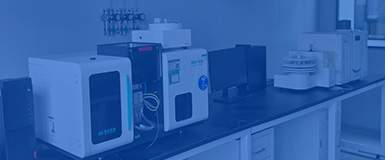


 第三方检测机构
第三方检测机构


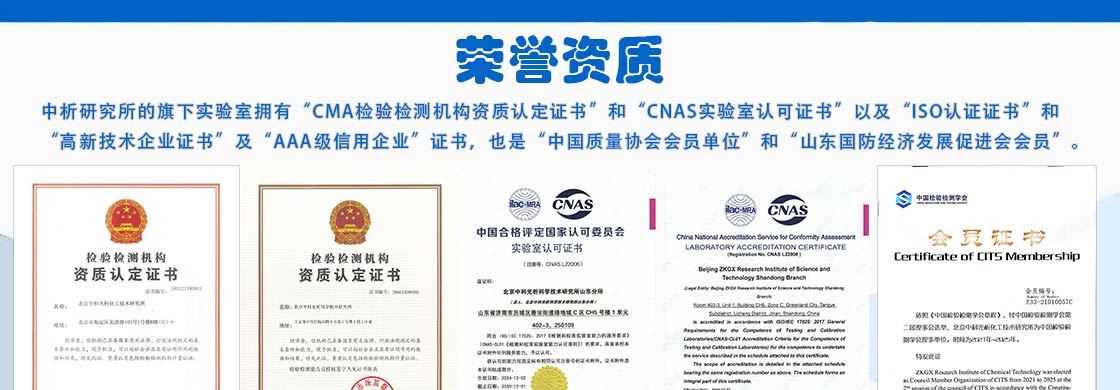
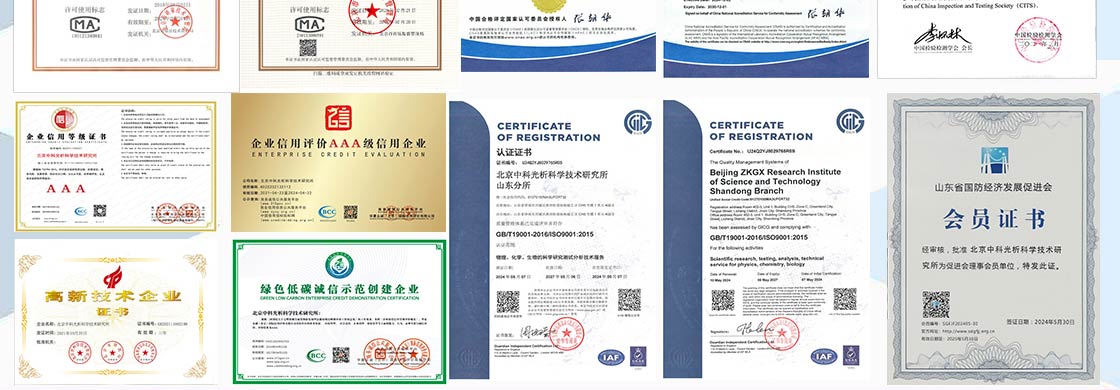
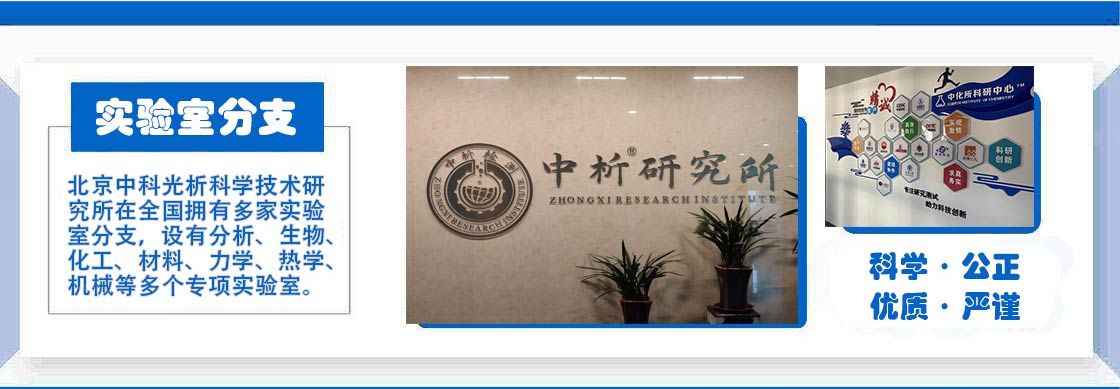
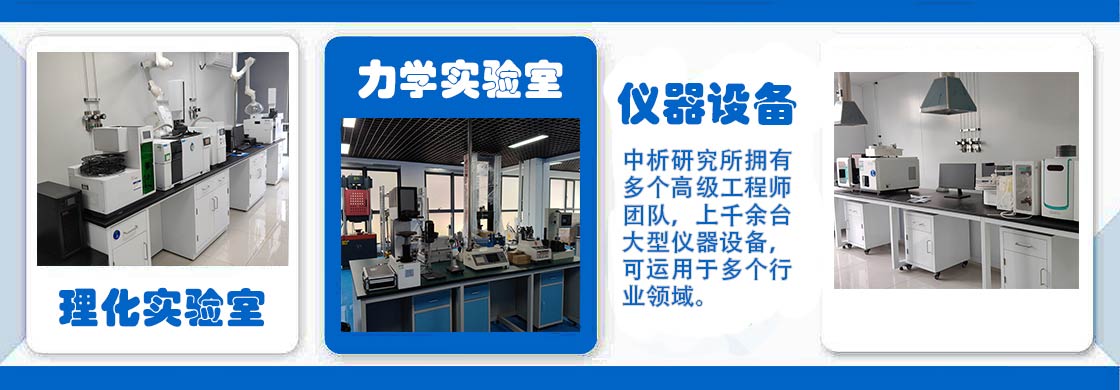
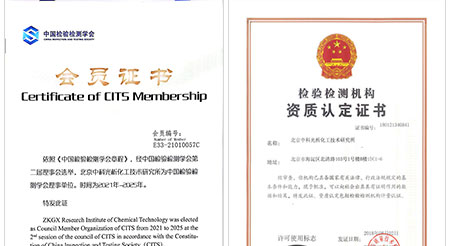
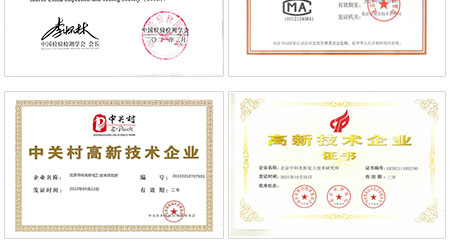



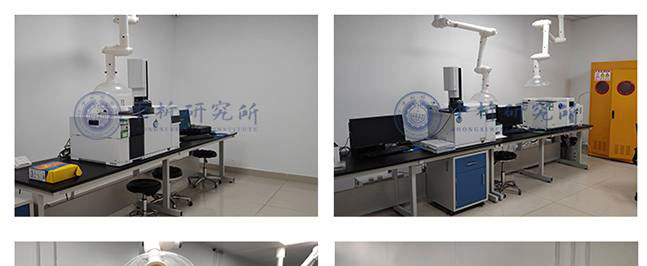
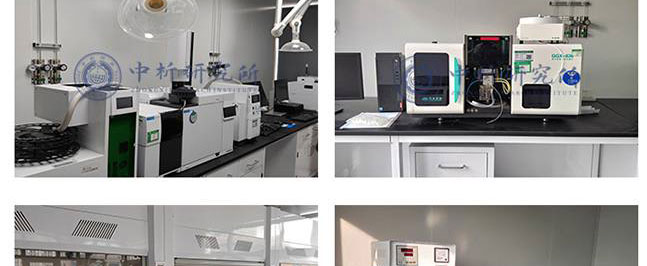
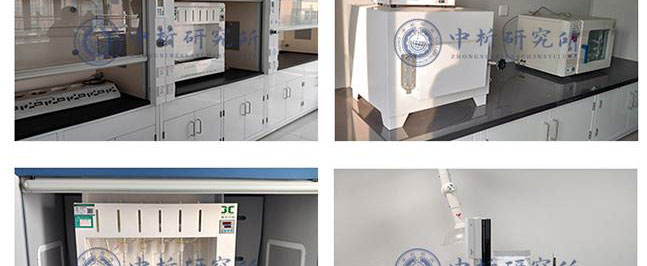
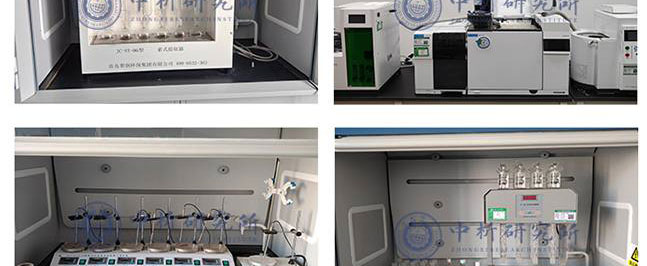
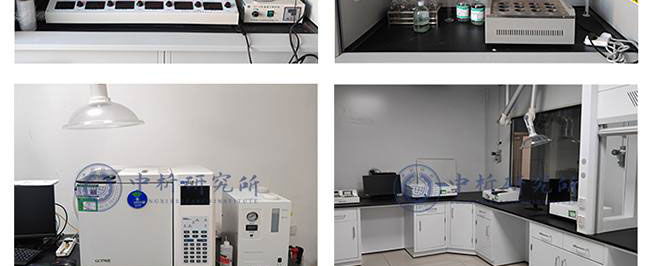
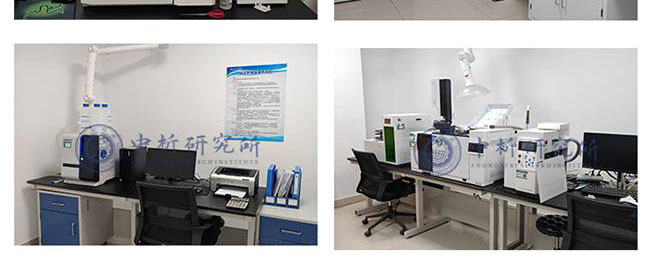




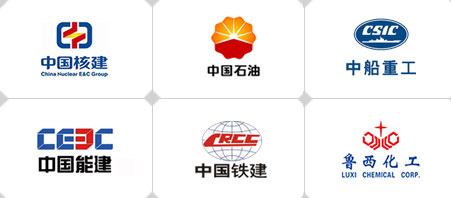
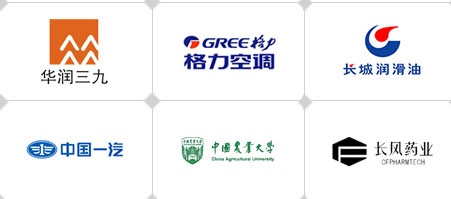
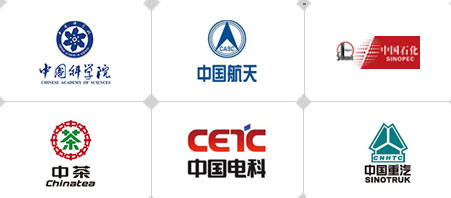
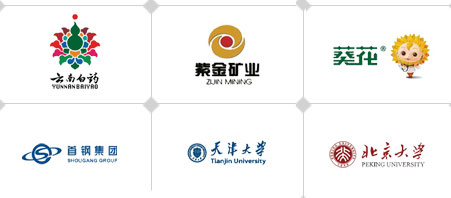









 备案号:
备案号: